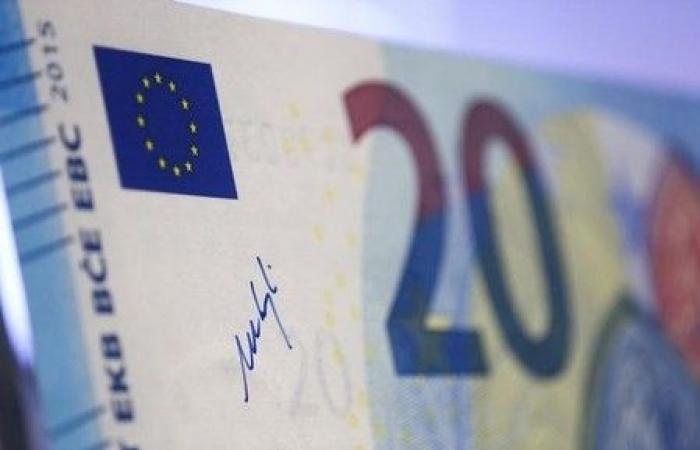Foreigners have sold 82.1 billion rupees ($973 million) worth of Indian government bonds, which are part of the JPMorgan index, so far in November, clearinghouse data showed on Thursday.
Traders and analysts said rising U.S. yields and a stronger dollar were behind the selling. They expect capital outflows to persist until global market volatility subsides.
“Foreign flows will likely wait for US yields and the dollar index to stabilize before returning to their pre-October pace,” said Nitin Agarwal, head of trading at ANZ India.
“The various inclusions in the index warrant further entries; however, investors may choose to be somewhat underweight India,” Agarwal added.
In the first 10 months of 2024, foreigners bought Rs 1.18 trillion worth of bonds, thanks to India's inclusion in the JPMorgan index on June 28.
The Bloomberg Index Services and FTSE Russell indices will add Indian debt to their emerging market bond indices in January and September 2025, respectively.
The US 10-year yield was around 4.50% on Thursday, up almost 20 basis points (bps) since Donald Trump was elected president last week.
Yields rose as expectations for U.S. interest rate cuts waned. Investors now see an 82% chance that the Federal Reserve will cut rates in December, but they now only expect two more cuts in 2025, down from four.
Indian bond yields, meanwhile, have barely changed since Trump's victory, narrowing the gap between domestic and U.S. 10-year bond yields to its lowest level in 18 years.
“We expect the gap between US and Indian bond yields to remain small as US yields are re-priced higher after the US election, while Indian yields remain relatively stable,” said Edward Ng, senior portfolio manager for Asian fixed income at Nikko Asset Management.
In the near term, the India-US yield gap will be largely driven by volatility in US rates as the market is still trying to find a new balance for rates after the election, he said. he added.
A 3% rise in the dollar index since Trump's presidential victory is seen as negative for emerging markets, including India, as investors tend to pull their money out of risky assets.
If U.S. real yields were to rise, funds could shift to the United States at the expense of emerging markets, ANZ India's Mr. Agarwal said. He believes that rising US yields are one of the factors behind capital outflows from India.
($1 = 84.4270 Indian rupees)






